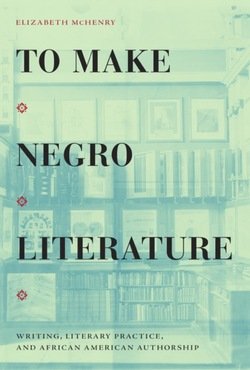The first five volumes of the Correspondence of Jeremy Bentham contain over 1,300 letters written both to and from Bentham over a 50-year period, beginning in 1752 (aged three) with his earliest surviving letter to his grandmother, and ending in 1797 with correspondence concerning his attempts to set up a national scheme for the provision of poor relief. Against the background of the debates on the American Revolution of 1776 and the French Revolution of 1789, to which he made significant contributions, Bentham worked first on producing a complete penal code, which involved him in detailed explorations of fundamental legal ideas, and then on his panopticon prison scheme. Despite developing a host of original and ground-breaking ideas, contained in a mass of manuscripts, he published little during these years, and remained, at the close of this period, a relatively obscure individual. Nevertheless, these volumes reveal how the foundations were laid for the remarkable rise of Benthamite utilitarianism in the early nineteenth century.
Volume 1 . 1752-76. Edited by Timothy L.S. Spriggs
London: UCL Press, 2017. 432p.
Volume 2: 1 7 7 7 – 8 0 Edited by Timothy L.S. Spriggs
London: UCL Press, 2017. 560p.
Volume 3: January 1781 to October 1788. Edited by Ian R. Christie.
London: UCL Press, 2017. 656p.
Volume 4: October 1788 to December 1793. Edited by Alexander Taylor Milne
London: UCL Press, 2017. 554p.
Volume 5: January 1794 to December 1797 . Edited by Alexander Taylor Milne
London: UCL Press, 2017. 428p.





















